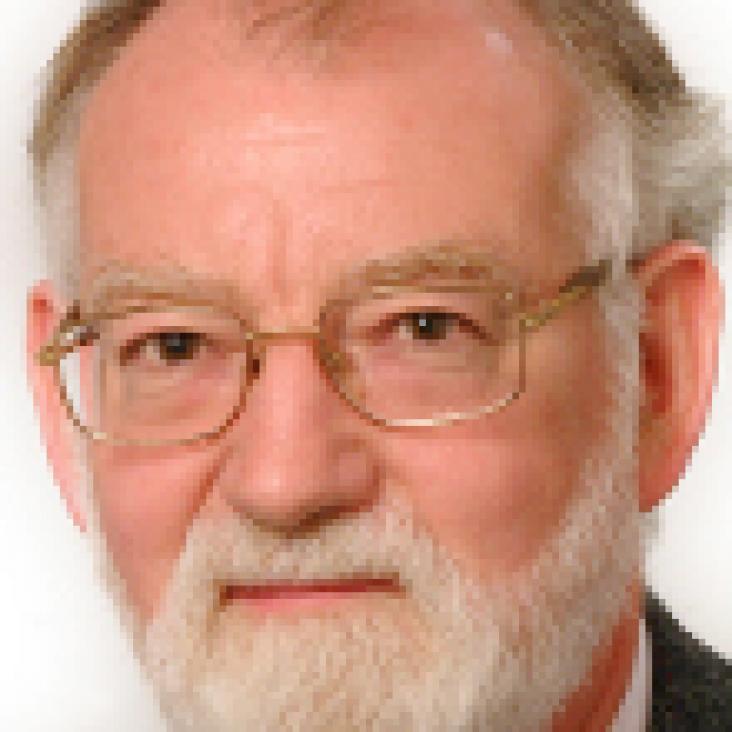Quantum dynamics in mesoscopic magnetism
NATO ADV SCI I E-APP 349 (1998) 29-75
Abstract:
A review of quantum coherence effects in mesoscopic spin systems is presented. We begin with a general introduction to the topic of mesoscopic effects in magnetism and give some specific examples of current interest. We review then theoretical results in single domain magnetism of superparamagnetic type and mention recent measurements on antiferromagnetic grains (ferritin) and their interpretation in terms of macroscopic quantum coherence. Introducing the effects originating from spin parity in the context of ferromagnetic grains, we discuss antiferromagnetic particles with excess spins and molecular magnets such as the ferric wheel. It is shown that tunneling in such magnets can be tuned by external magnetic fields and is directly observable via the magnetization and the Schottky anomaly in the specific heat. The main part of the review will be devoted to non-uniform magnets and specifically to the quantum dynamics of domain walls or magnetic solitons. In a semiclassical analysis based on coherent spin-state path-integrals an effective model for the domain wall dynamics is derived which includes the effects of spin-wave dissipation and of quantum spin phases (Berry phases). In the presence of a Peierls potential (e.g. due to the discrete lattice) the soliton center can tunnel coherently between the lattice sites and form a Bloch band. Integer and half-odd integer spins have different energy dispersions resulting from interference between soliton states of opposite chirality-the internal rotation sense of the soliton. These effects occur in ferro- and antiferromagnets due to the presence of a topological spin phase. For antiferromagnetic chains, this spin phase occurs in addition to the Pontryagin-index phase. We will discuss experimental consequences of this Bloch band structure and show that -in analogy to Bloch oscillations of crystal electrons- static magnetic fields induce large oscillations in the sample magnetization. We will also discuss the extreme quantum limit of spin-1/2 chains in the Ising regime, and show that, quite remarkably, the semiclassical analysis is valid even in this regime. In particular, for antiferromagnetic Ising chains the low-energy excitations are solitons (Villain modes) which have been observed in neutron scattering experiments on CsCoCl3. We show that the prediction of chirality effects could be tested via the measurement of the off-diagonal components of the dynamical structure factor. The concept of chirality is shown to be of universal character in a variety of magnetic systems, a notable example being the motion of a hole in a 2D antiferromagnetic background. To illustrate the observability of the predicted effects we will give explicit estimates for a number of magnetic systems, in particular for Yttrium iron garnet but also for one-dimensional ferromagnetic chains such as the CoCl2 salt compound. A common thread in the discussion of quantum dynamics in magnets is provided by the Berry phases and their associated interference effects which can lead to surprising spin parity effects.


